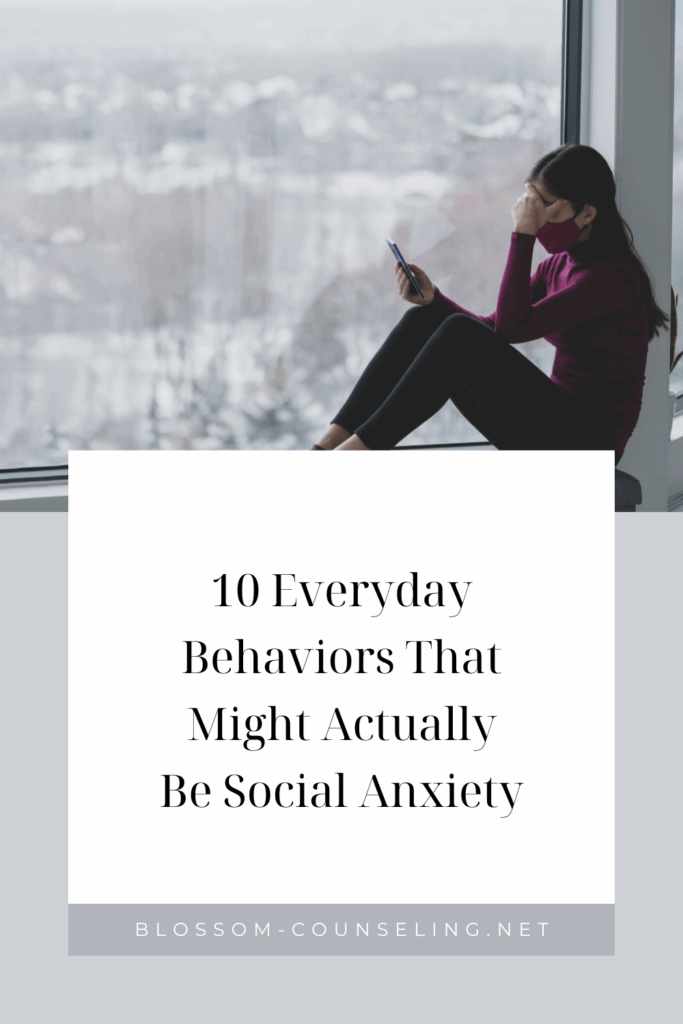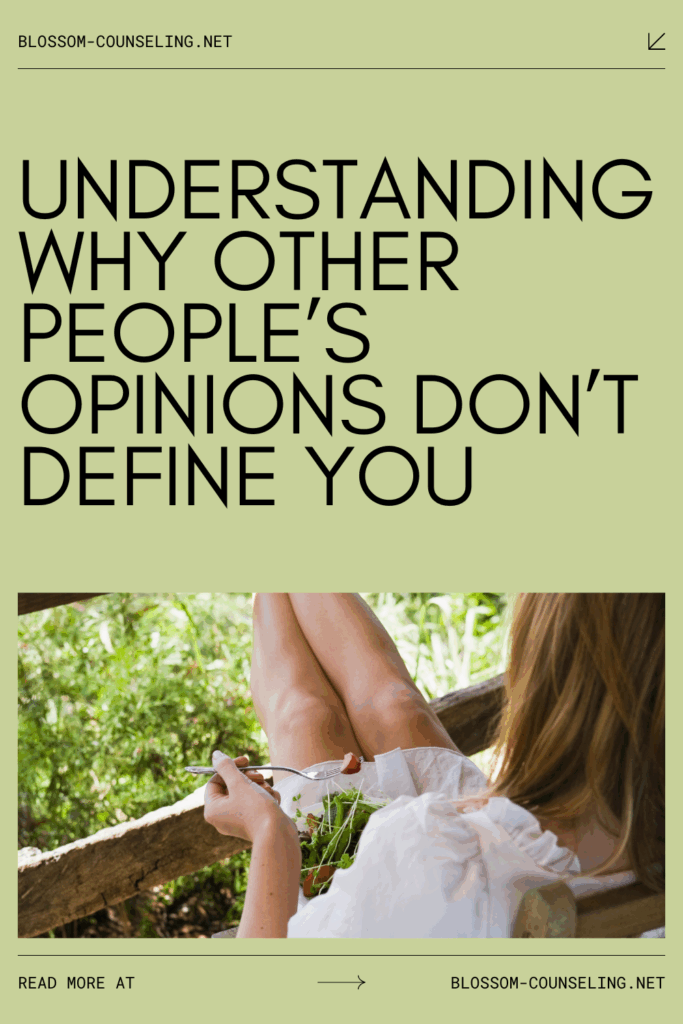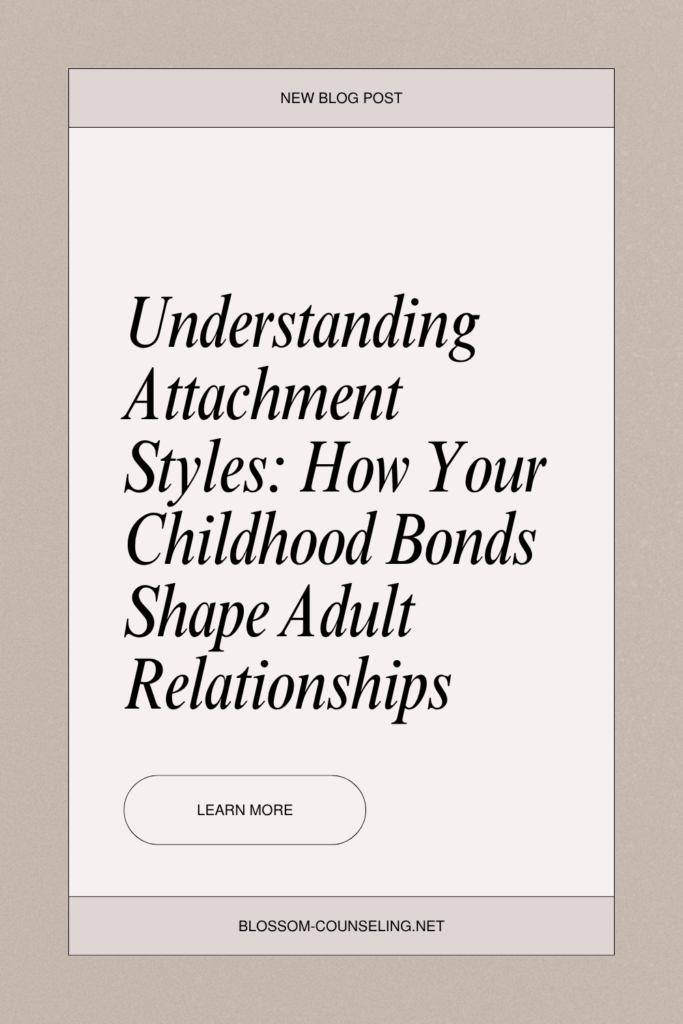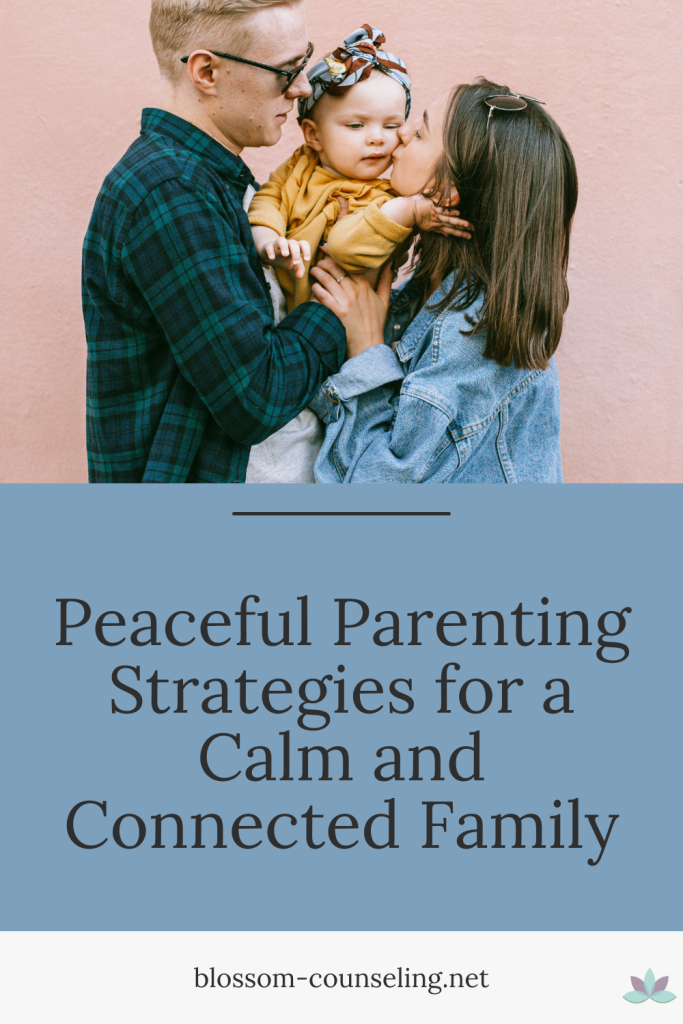Closure is one of those concepts we hear about all the time—often in the context of relationships, loss, or life’s messy transitions. The idea sounds comforting, almost like a magic trick: tie up the loose ends, process the experience, and voilà, you’re free to move on. But let’s be real—closure is rarely that simple, and sometimes, it’s not even possible.
So, why are we so drawn to the idea of closure? For one, humans crave resolution. Our brains are wired to seek patterns and make sense of chaos. When something ends abruptly or leaves lingering questions, it creates cognitive dissonance—a state of mental discomfort that makes us yearn for answers. Closure promises to tidy up those loose threads, but the truth is, life isn’t always neat, and neither is healing.
What Closure Really Looks Like
The popular notion of closure often involves a defining moment—a heartfelt conversation, a grand realization, or some ceremonial act of letting go. While those moments can be meaningful, they’re not the only way to find peace. Sometimes closure isn’t about getting answers or achieving a sense of finality. It’s about learning to live with the questions.
Closure is deeply personal. For some, it might mean revisiting memories and reframing them with new understanding. For others, it might involve creating physical or emotional distance from the source of pain. And in many cases, closure is less about what happens externally and more about the quiet, internal work of acceptance.
The Myth of Needing “The Other Side”
One of the most persistent myths about closure is that it requires participation from the other person involved—a conversation where they finally validate your feelings, apologize, or explain their actions. While those moments can be cathartic, they’re not always realistic. People might not be willing or able to provide what you need, and holding out for their involvement can delay your own healing.
True closure often comes from within. It’s about deciding that you don’t need external validation to move forward. It’s about recognizing your own strength to heal without waiting for someone else to hand you the scissors to cut the cord.
Letting Go of the Hollywood Ending
In movies and TV shows, closure is neatly wrapped up in a heartfelt speech or a dramatic breakthrough. Real life, however, is less predictable. You might not get all the answers. The person who hurt you might never acknowledge what they did. The job you lost might still sting, even after you’ve moved on to something better.
This doesn’t mean you’re doomed to feel stuck. It just means that healing doesn’t always come with a tidy bow on top. Instead of searching for a perfect ending, focus on small moments of growth—whether that’s taking up a new hobby, setting boundaries, or simply waking up one day and realizing the ache isn’t as sharp as it used to be.
When Closure Isn’t Necessary
Sometimes, the pursuit of closure can actually prolong the pain. The need to understand why something happened can keep you tethered to the past, preventing you from focusing on the present. In these cases, closure might look less like seeking answers and more like letting go of the need for them.
This doesn’t mean dismissing your feelings or pretending everything is fine. It means acknowledging the pain, giving yourself permission to grieve, and recognizing that moving forward doesn’t always require full resolution. Healing is a process, not a destination, and sometimes, the best thing you can do is take the next step—closure or not.
Redefining What It Means to Move On
Ultimately, closure isn’t about erasing the past or pretending it didn’t happen. It’s about finding a way to carry it with you without letting it weigh you down. It’s about building a life that feels whole, even with a few loose threads.
The truth about closure is this: it’s not always the answer, and it’s not always necessary. What matters most is giving yourself the space to feel, heal, and grow in a way that works for you. Because at the end of the day, the only person who can truly define your healing journey is you.
Our team of compassionate therapists is here to help you find the support you need. We believe in a holistic approach, treating your mind, body, and spirit. With a blend of traditional and alternative therapies, we tailor your experience to meet your unique needs. At Blossom, we create a non-judgmental space where you can be your authentic self. Our goal is to empower you, amplify your strengths, and help you create lasting change. Together, we’ll navigate life’s challenges and help you bloom, grow, blossom! You deserve to become the best version of you.




